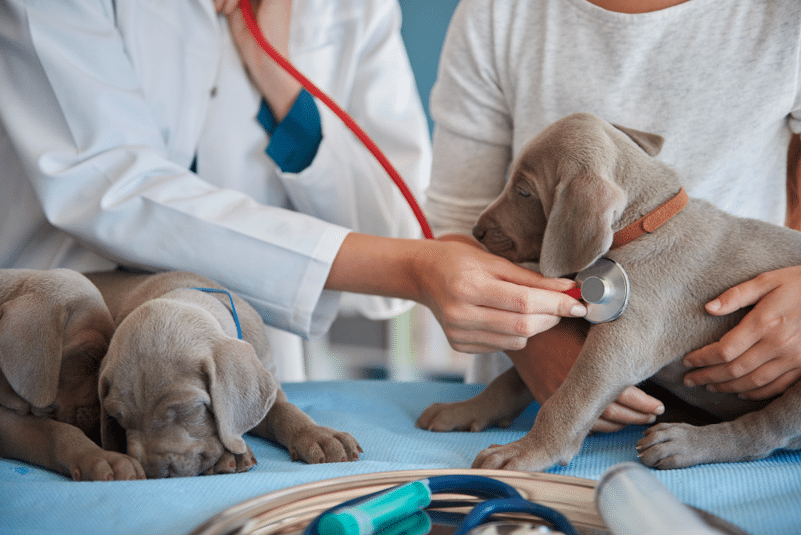How to Reduce Ammonia in Fish Tank: Easy Tips
Learn how to reduce ammonia in fish tank with easy tips, product advice, and step-by-step solutions for healthy, stress-free fish. let’s explore the article. How to Reduce Ammonia in Fish Tank: Easy Tips and Solutions Ammonia is a toxic compound that can build up in aquariums and harm your fish. Learning how to reduce ammonia in fish tank environments is crucial for every aquarist. In this guide, we’ll explain why ammonia spikes happen, how to fix high ammonia step by step (for both freshwater and saltwater tanks), and how to prevent future problems. We’ll also recommend some useful products (like test kits and conditioners) and even point you to a few public aquariums where you can learn more about fish care. Let’s dive in! Causes of Ammonia Spikes in Fish Tanks Ammonia (NH₃) in a fish tank comes primarily from fish waste and decomposing organic matter. In a healthy, cycled aquarium, beneficial bacteria quickly break ammonia down into less toxic substances. However, several common situations can lead to ammonia buildup: New Tank Syndrome In new aquariums, beneficial bacteria colonies aren’t established yet. This means fish waste isn’t being converted to nitrites and nitrates efficiently. Ammonia can accumulate faster than bacteria can grow thesprucepets.com. This is called new tank syndrome, and it’s a top cause of ammonia spikes in beginner setups. Overstocking Keeping too many fish in a tank (or adding too many at once) produces more waste than the biological filter can handle. The excess bio load overwhelms the beneficial bacteria capacity aquariumstoredepot.com, causing ammonia levels to rise. Overfeeding Feeding fish too much or too often leads to uneaten food rotting in the gravel. As the leftover food decays, it releases ammonia aquariumstoredepot.com. Overfeeding also makes fish produce more waste than usual. (Tip: Only feed what fish eat in 2 minutes and remove any leftovers.) Dead Plants or Animals A hidden dead fish, snail, or decaying plant leaves will decompose and release ammonia as well aquariumstoredepot.com. If something dies in the tank and isn’t removed promptly, an ammonia spike can occur. Filter or Cycle Problems If your filter media is dirty or if you’ve recently cleaned it with untreated tap water, you may have killed off beneficial bacteria. This can break the aquarium nitrogen cycle, leading to ammonia accumulation. Likewise, using chlorinated tap water (which often contains chloramine that breaks into chlorine and ammonia) without a conditioner can introduce ammonia during water changes thesprucepets.com. Confinement or Poor Circulation In hospital or quarantine tanks without established filters, ammonia can build up quickly from even a single fish. Poor water circulation or lack of oxygen can also reduce filter efficiency, slowing how fast ammonia is processed. Understanding the cause of an ammonia spike will help you choose the right solution. For instance, a new tank has different needs (establishing bacteria) compared to an overfed, overstocked tank (reducing waste and improving filtration). Signs of Ammonia Poisoning in Fish It’s important to catch high ammonia early by observing your fish and water conditions. Fish can’t verbally tell us they’re uncomfortable, but their behavior and appearance speak volumes. Key signs of ammonia poisoning include: Gasping at the Surface Fish may gasp for air at the water surface or hang near filter outputs. Ammonia damages their gills, making it hard to breathe. Red or Inflamed Gills If you notice your fish’s gill area looks red, bleeding, or inflamed, it could be “ammonia burn.” Ammonia chemically irritates the gills and can even cause visible burns on skin and fins thesprucepets.comthesprucepets.com. Fins might appear ragged or frayed as a result thesprucepets.com. Lethargy and Loss of Appetite Poisoned fish often become sluggish, stop eating, or lie at the bottom. They may appear disoriented or clamped (fins held tight to the body). Cloudy Eyes or Patches Ammonia burns can cause cloudy eyes and patchy red blotches on fish scales thesprucepets.com. In severe cases, you might see areas that look like wounds on the fish’s body. Cloudy Water and Odor Although not a direct symptom from the fish, very high ammonia can make the tank water cloudy (from bacterial bloom) and give off a sharp, fishy odor. If you smell ammonia, that’s a warning sign of extreme levels. If you detect any of these signs, it’s critical to test your water and take action immediately. Even at low levels, ammonia is extremely toxic to fish aquariumcarebasics.com and can cause permanent gill damage or death. Next, we’ll cover how to test for ammonia and then outline steps to reduce it. Testing and Monitoring Ammonia Levels Regular water testing is the only sure way to know your ammonia levels. You should test your aquarium water at least weekly (and anytime you suspect a problem). Here’s how to monitor ammonia: Use an Aquarium Ammonia Test Kit An ammonia test kit will indicate the concentration (in ppm) of ammonia present. Liquid test kits (like the API Ammonia Test Kit) are very accurate – you add drops to a water sample and compare the color to a chart. There are also paper test strips; they are quicker but less precise. Aim for 0 ppm ammonia at all times. Even 0.25 ppm is cause for concern over the long term. Ammonia Alert Sensors For continuous monitoring, you can place an ammonia alert card in the tank. These change color if ammonia rises, acting as a visual warning between regular tests. Also Test Nitrites and Nitrates If ammonia is high, it’s useful to check nitrite and nitrate levels too. High ammonia with zero nitrite could mean your cycle isn’t established. If you see some nitrite and rising nitrates, it indicates the cycle is working but just overloaded. This helps diagnose the problem. Check Tap Water (If needed) In rare cases, your source water may contain ammonia or chloramine. Testing your tap or well water can rule this out. Always use a water conditioner during water changes to neutralize chlorine/chloramine (more on this later). By keeping an eye on these parameters, you’ll catch spikes early. Now that you
How to Reduce Ammonia in Fish Tank: Easy Tips Read More »











